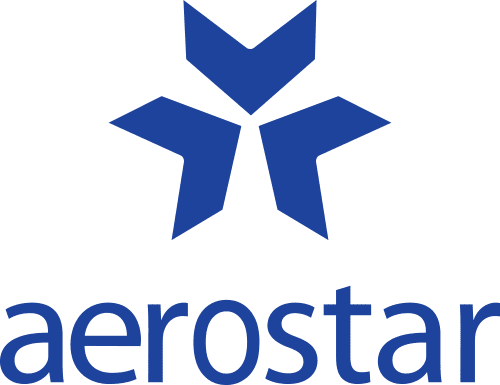Aerostar Aviation is a CASA (Civil Aviation Safety Authority) approved training organisation, providing the highest standard of instruction. Based at Parafield Airport, north of Adelaide, we offer the ideal training location, as it allows pilots to fly in controlled airspace with student friendly air traffic controllers.
The Aero-Star Group includes a maintenance company, ensuring that aircraft “down time” is kept to a minimum. Equally important, the presence of the engineering facility gives you the opportunity to learn more about the aircraft while you are on the ground.
Flight training will be completed in our Cessna 172 aircraft initially. This aircraft has proven itself for many decades at flying schools worldwide and are extremely reliable. Should you wish to train on your own aircraft, or learn to fly another type of aircraft, chat to us and we will gladly accommodate where we can.
We also assure that our approach to your training will always be professional, thus guaranteeing you the maximum benefit from the time spent with us.
